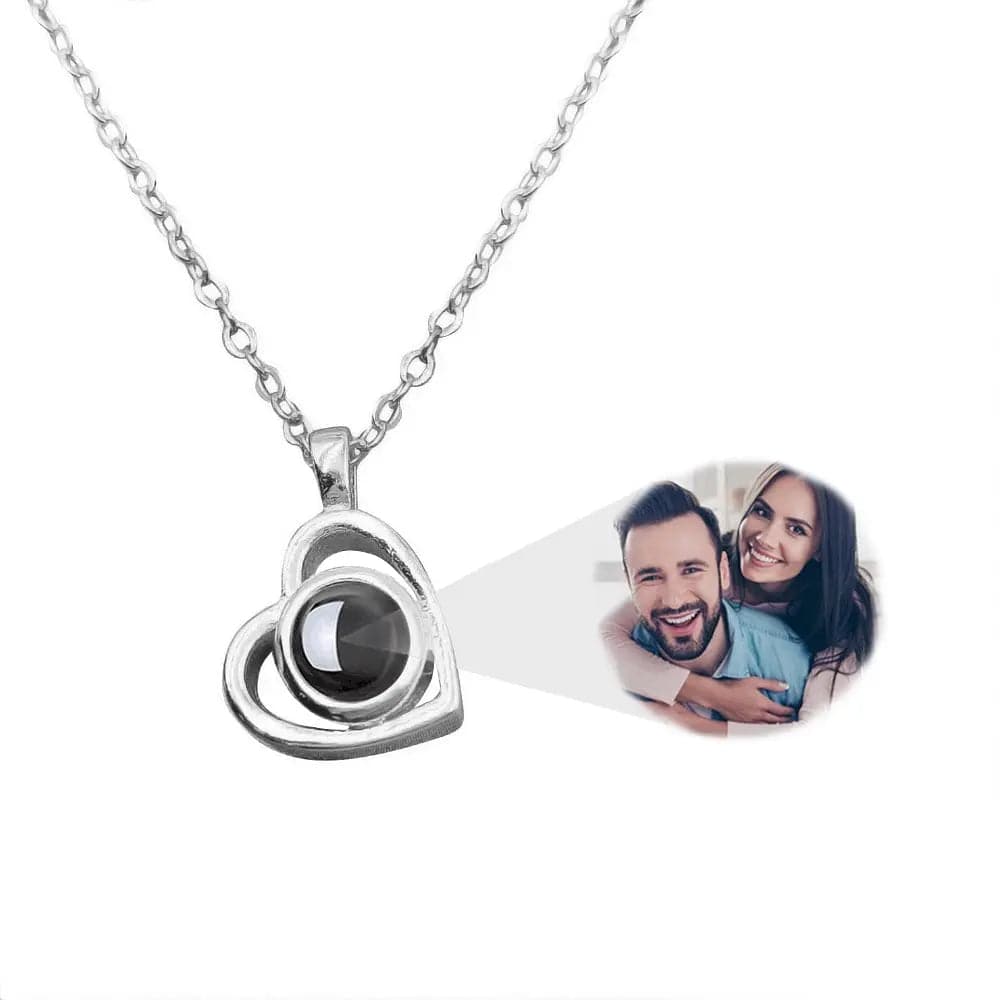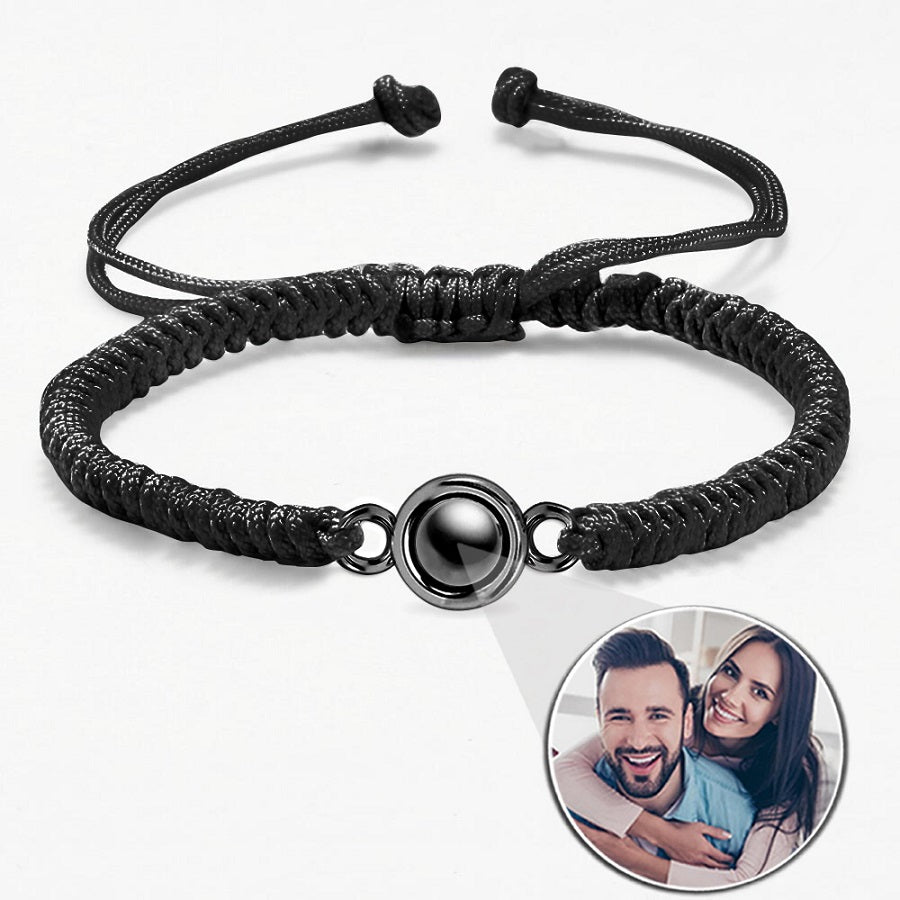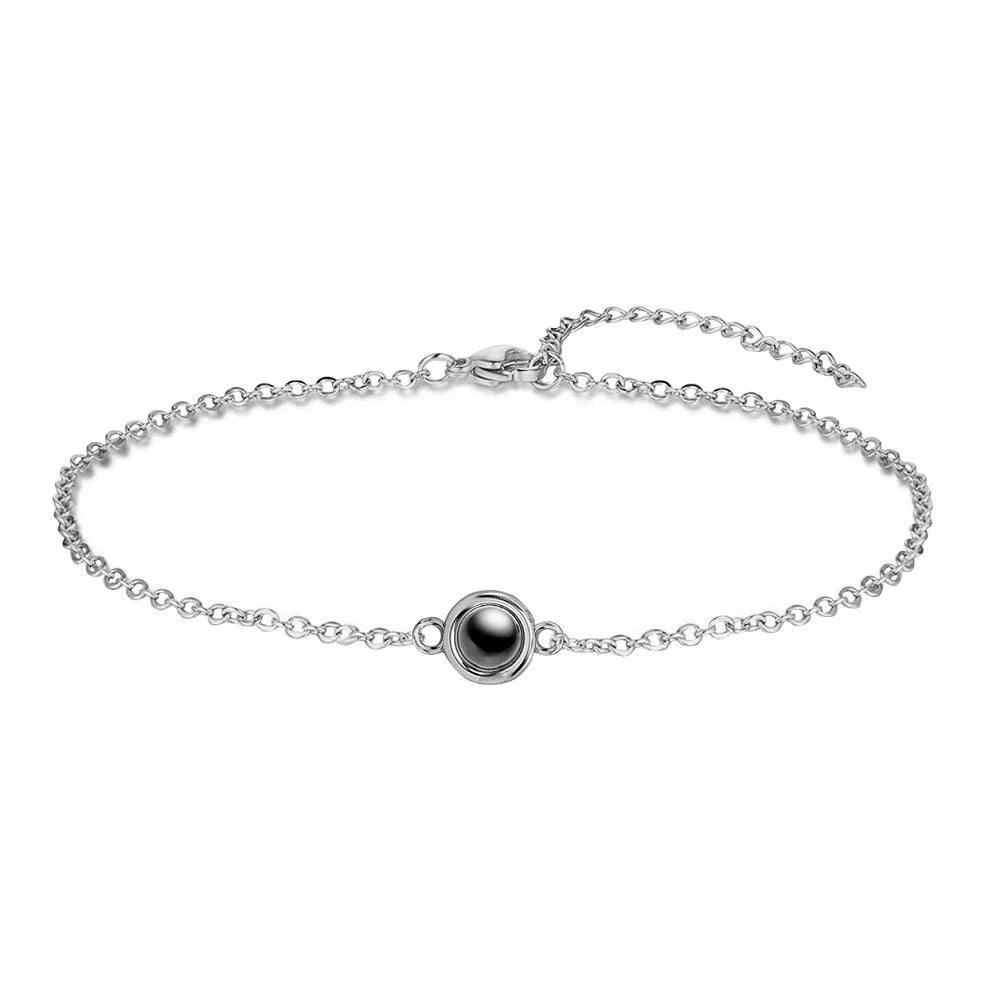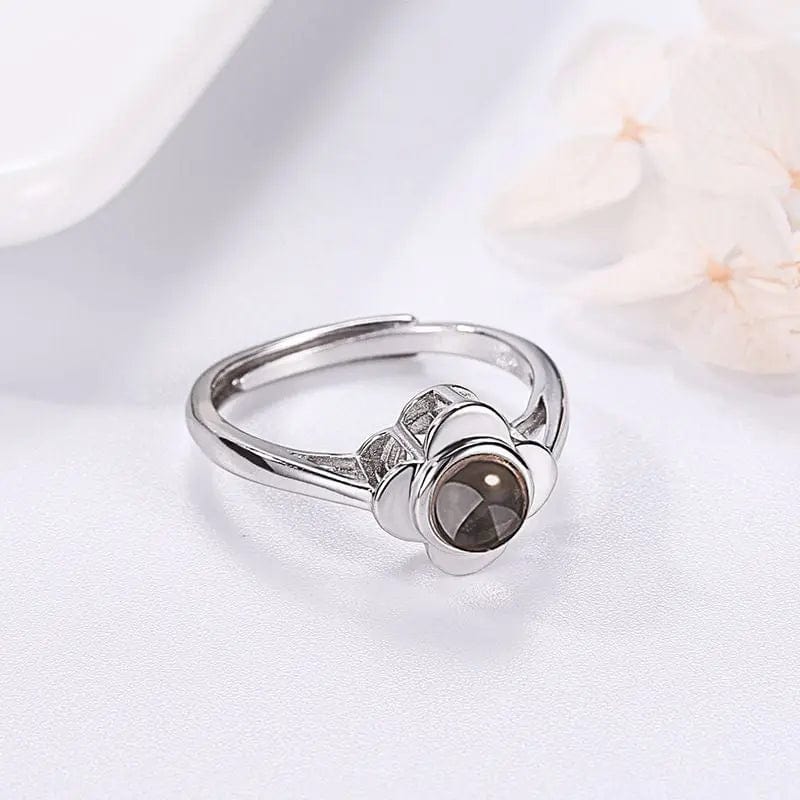Back in the early 1900s, the color blue was actually considered a suitable color for girls, while pink was seen as more appropriate for boys. This may come as a surprise to many people today, as the gender association of these colors has reversed over time.
The History of Blue for Boys
Throughout much of the 19th century, pastel colors were commonly used for both boys and girls. It wasn't until the early 20th century that pink and blue became associated with gender in the way we know today. Blue was seen as a more delicate and dainty color, making it suitable for girls, while pink was considered a stronger, more masculine color, making it fitting for boys.
Changing Trends in Fashion
As fashion trends evolved over the decades, so did the association of colors with gender. By the mid-20th century, pink had become firmly linked with femininity and blue with masculinity. This shift was influenced by various factors, including marketing tactics and societal norms.
Modern Interpretations
Today, we see a more fluid approach to gender and color. Many parents choose to dress their children in a wide range of colors, regardless of traditional gender associations. This openness allows for more individuality and freedom of expression.
Incorporating Jewelry
One way to incorporate a nod to the historical use of colors for boys in the 1900s is through jewelry. Hidden Forever offers unique pieces like the custom necklace with a photo inside a projection gem or the braided projection photo bracelet. These pieces can be personalized with images that hold sentimental value, creating a meaningful and stylish accessory.





